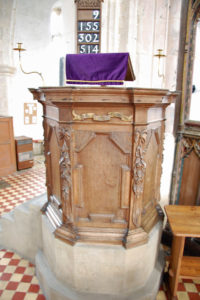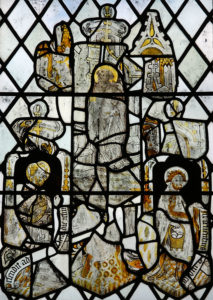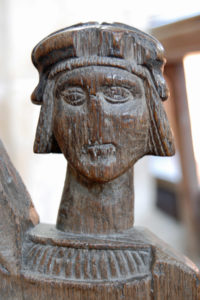Bedingham St Andrew






















































































































St Andrew's Church Bedingham
Where to find this church
Church Information
St Andrew’s church is located in the village of Bedingham.
This church is usually open to visitors
* denotes external links that open in a new window
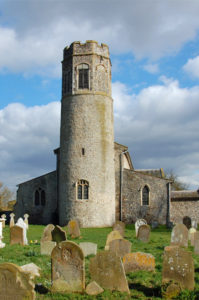
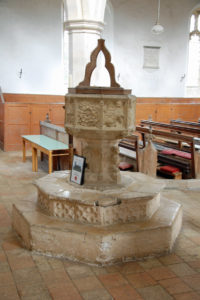
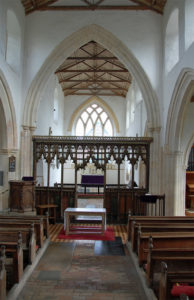
Visiting Bedingham St Andrew
This church belongs to the wonderful Hempnall Group of Parishes. Wonderful because it has long been the practice that all of these churches are always open to visitors. And furthermore – important to the Round Tower Churches enthusiast – six of the eight churches have a round tower: Bedingham St Andrew, Fritton St Catherine, Hardwick St Margaret, Morningthorpe St John the Baptist, Topcroft St Margaret and Woodton All Saints, all of which can be found on this website. Only Hempnall St Margaret and Shelton St Mary have square towers. So you can spend a leisurely day in this group of parishes, visiting six Round Tower Churches, and still only have to drive about 20 miles.
St Andrew’s in Bedingham is one of these churches, and now one of the largest round tower churches. But in its west wall can be seen the 11th century flint quoins of the original narrow nave. The 11th century tower is circular for about two-thirds of its height, though the top part seems to have been rebuilt before the 15th century octagonal belfry was added. This has four openings alternating with flushwork panels of flints set into stone window tracery. There is now no sign of an earlier belfry in the round part.
The chancel east window has Y tracery from about 1300, and a priest’s doorway of similar date, with dog-tooth carvings around its pointed arch. The south chancel windows are 14th century, as is the large one in the south transept with reticulated tracery. The aisles were added in the 14th century, with square headed windows. The clerestory above the aisles has a fine array of double windows under red brick arches, with later three-light windows above the chancel.
The rows of arches either side of the nave are different, octagonal to the north and quatrefoil to the south, indicating that the aisles were added at different times. The narrow tower arch is typical of work from the 11th century. In front of this stands the lion font, with seated lions around the stem, and the emblems of the four evangelists, two roses, and angel playing a lute and a lion without wings on the bowl. The emblems are a winged man (Matthew), winged lion (Mark), winged bull (Luke), and eagle (John)
At the east end of the north aisle the window has some interesting glass, which has been re-set. The oldest glass is in the centre light and shows pieces of early 15th century glass, with St Paul in the middle, St Thomas to the north and St Philip to the south. On either side are larger, darker glass roundels from the 17th century, showing the stoning of St Stephen to the north and the conversion of St Paul to the south in dramatic scenes. Above these are small panels of 14th century glass, but above the centre are 19th century roundels.
The 15th century Rood screen has much fine tracery in its upper panels and is topped by a row of carved brattishing (upright fleurs-de-lys pattern). There are tiny heads carved above the entrance. Nearby is the 17th century carved pulpit, given by Thomas Finberne in 1692.
The chancel is unusually full of light with its clerestory windows. The altar rail is supported on attractive twisted balusters.
Conclusion: All the churches of the Hempnall Group are always worth a visit!
